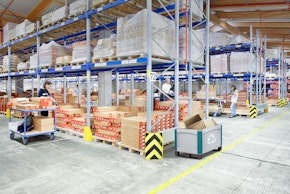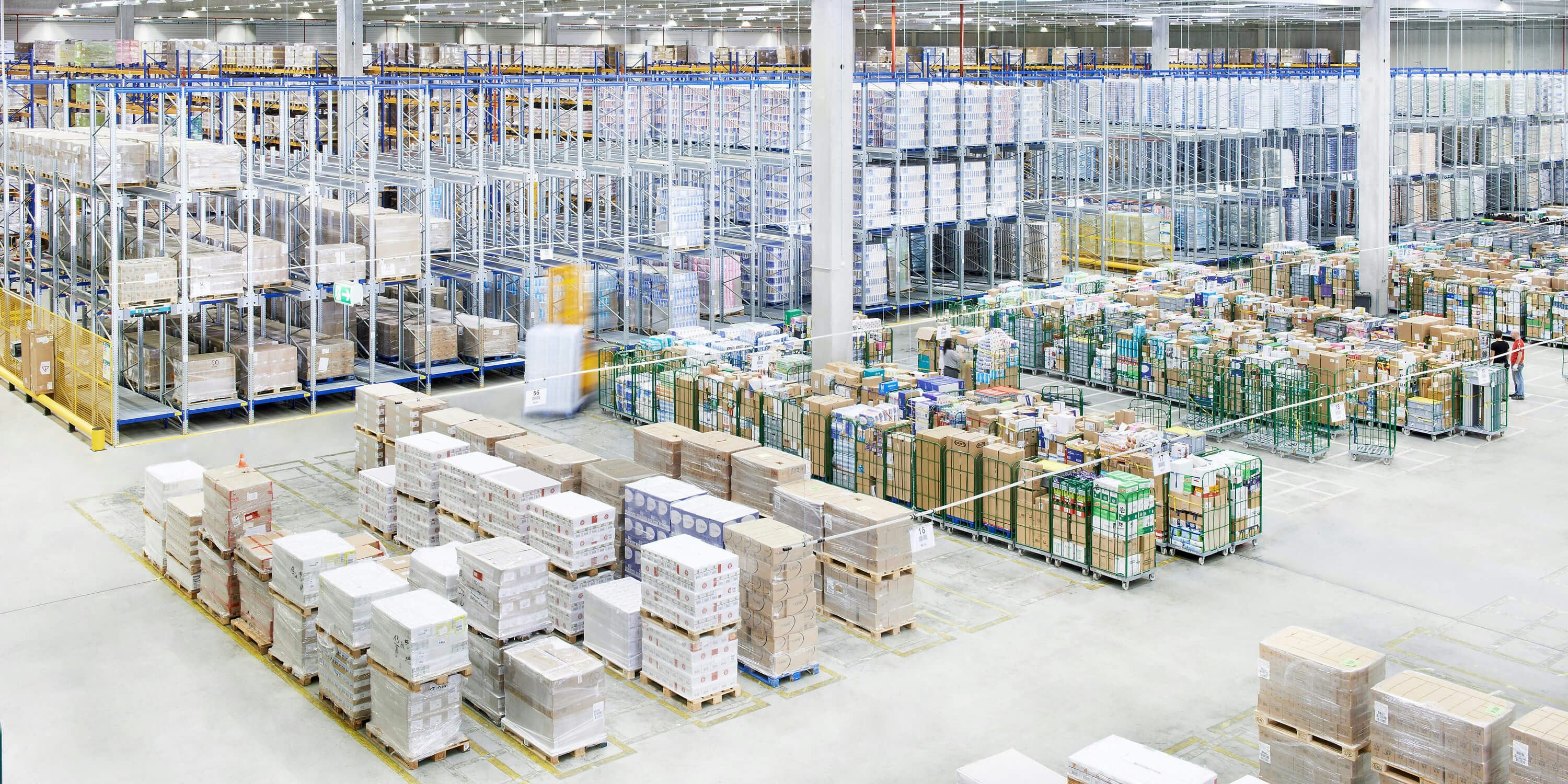Optimizing waste disposal logistics in the plant - 10 tips

According to the Nature and Biodiversity Conservation Union (NABU), ten million tons of waste are discharged into the oceans every year. 75 percent of this is plastic waste. Whereas 1.5 million tons of plastic were produced in the 1950s, today the figure is already around 300 million tons. Huge garbage carpets already cover the oceans. Another problem is the huge amount of cardboard used in mail order and then simply disposed of as waste. The rapid changeover to e-commerce has massively exacerbated the waste problem. Millions of parcels containing vast amounts of packaging material are delivered worldwide every day. The high number of returns in e-commerce adds to the problem. According to the Federal Environment Agency, Germans produce a particularly large amount of packaging waste. In 2016 it was about 18 million tons. This corresponds to an average per capita consumption of 220.5 kg per year.
Actually, it is totally absurd that valuable raw materials are simply thrown away. Plastic in particular is far too valuable as a raw material to be disposed of after a single use. Therefore, the solution to the challenges will increasingly be to avoid waste as often as possible, to reduce the one-time use of plastic bags and packaging to a minimum, and to¬ expand recycling and circular economy systems. ¬In order to implement the circular-flow economy, a well-functioning waste disposal logistics system is required, especially in companies. Slowing, reducing and closing energy and material cycles can also be achieved¬ through durable design of goods, maintenance, repair, reuse, remanufacturing and refurbishing.
Disposal logistics are becoming increasingly relevant
According to the German Logistics Association (BVL), the elimination of all production residues that cannot be reused is of decisive relevance for the smooth operation of logistics. "This task is performed by waste disposal logistics. This makes it the counterpart, so to speak, to procurement, production and distribution logistics. Waste disposal logistics differs from the other logistics areas particularly with regard to the properties treated. The other logistics subsystems refer to production goods, while waste disposal logistics deals with residues of all kinds," explains BVL. Disposal logistics include the collection of all types of waste and the subsequent sorting, packaging, storage and transport. Waste can be any type of waste such as scrap, surplus, obsolete finished goods, recyclable materials, unwanted co-products or even loading aids such as pallets and packaging. Disposal logistics consists of three value recovery stages: redistribution logistics, reprocessing logistics and reuse logistics. In the first stage, the waste is collected, sorted and classified for further use. In the second stage, the material (recycling) or energy recovery (incineration) takes place. In the third stage, the residues are finally distributed. Material that cannot be further processed or incinerated is landfilled. As the disposal of waste is expensive, companies should try to keep waste to a minimum as early as the production planning stage. There are numerous regulations, requirements and laws for waste disposal logistics. The most important law is the Closed Substance Cycle Waste Management Act (KrWG). The purpose of the law is to promote recycling management in order to conserve natural resources and dispose of waste in the most environmentally friendly way possible.
Reusable solutions to avoid packaging waste
Many different types of waste are produced in a company or warehouse. Just think of oils and lubricants as well as batteries, e.g. from industrial trucks, other (stored) hazardous substances, packaging waste, damaged pallets, and many more. It is always important to separate the waste according to type so that it can be recycled more easily later. Suitable for this are collecting trays for oils and hazardous substances, waste and recycling containers, hazardous goods containers, waste collectors and safety trays. Reusable containers are of particular interest for recycling economic systems and serve as a sustainable alternative to cardboard packaging and other transport packaging. There are already many examples of functioning reusable solutions and deposit systems with plastic containers made of recycled material. In the case of reusable packaging, it is essential to ensure that the recycling cycle really does run smoothly. One example of the successful use of the BITO returnable box is the use of stable returnable plastic containers instead of conventional moving boxes, which break quickly, are unwieldy and usually end up in the trash after the move. These can be ordered with a few clicks and are delivered directly to the front door and also picked up again. According to the statistics, only every second box is reused at all. In Munich alone, about 2.5 million boxes are needed annually for private removals. This accumulates to about 2750 tons of paper waste excluding commercial removals. The BITO boxes are made of environmentally friendly recyclable plastic (PP granulate) and do not generate any unnecessary waste at the end of their very long life, but are melted down and then re-produced. In general, they can be used about 300 times. For a clean disposal logistics it is also necessary to install a clever packaging planning. In combination with containers, reusable inlays therefore play an important role.
10 tips for better waste management
- Developing the awareness of all employees for the topic of waste disposal logistics
- Pay attention to the lowest possible waste generation as early as the production planning stage
- Avoid waste in all areas of the company
- Collection of unavoidable waste in special containers for subsequent recycling or recovery, sorted according to type
- Correct choice of container; Is the condition and size of your waste, recyclable and disposal containers optimally adapted to your needs? Does your container equipment correspond to the actual filling levels and sorting qualities? Are there any rules you need to follow? How do the containers have to be marked?
- Develop optimal plan for container placement. At which locations should how many waste containers of which type be located? Where could operational processes be disturbed? Where do valuable areas have to be kept? Do you need reserve containers because the amount of waste fluctuates greatly? Are the containers accessible at all times?
- Introduction of circulation systems
- Use returnable containers and deposit systems
- Special waste, e.g. toxic dust from filter systems, must be disposed of separately. Hazardous waste is subject to official supervision. This means that hazardous waste may only be transported from the waste producer to an approved recovery or disposal facility after prior official approval and that the competent authorities of the waste producer and of the disposer must be informed of the time and quantity of the hazardous waste shipped.
- Appoint persons responsible for disposal in your company. Among other things, they must also monitor compliance with legislation. Further topics: Collection of garbage or self-delivery, expenditure of personnel and work equipment, cost calculation for disposal, etc.

